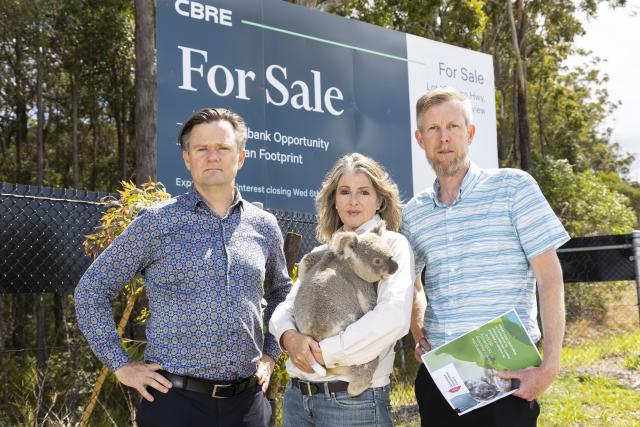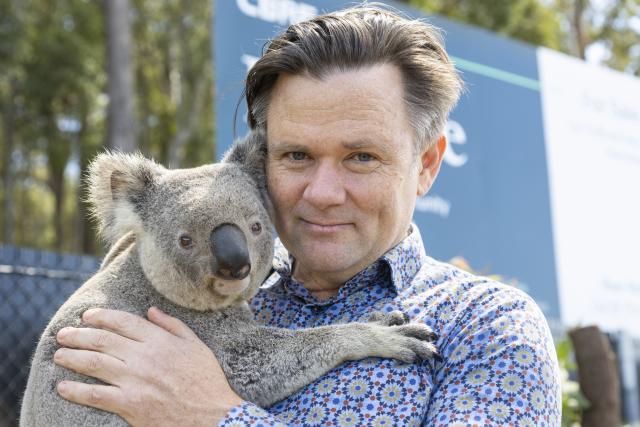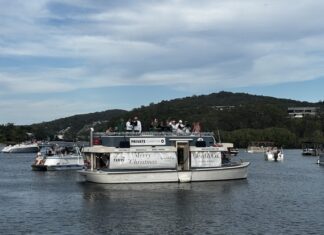
A new report launched on the Sunshine Coast on last Thursday shows koalas face an existential threat from urban sprawl and greenfield development in South East Queensland.
The Holding the Line report, commissioned by Queensland Conservation Council, shows the new update to the ShapingSEQ regional plan risks taking one of Australia’s fastest growing regions below the ‘bare minimum’ international benchmark of 30 per cent bushland coverage.
The report, developed by Landscape Planners Shannon Mooney and Andrew Davidson, shows koala habitat is at particular risk, with current coverage at 31 per cent, far short of the 40 per cent needed to maintain viable populations.
Queensland Conservation Council director Dave Copeman said, “South East Queensland is an ecological treasure trove of rainforests, bushland, and internationally-listed wetlands and iconic species like the koala.”
“All of that is at risk, with the new ShapingSEQ regional plan opening up more bushland and native habitat to urban sprawl and development.
“For South East Queensland’s animals and plants to survive and thrive, at least 40 per cent of the region needs to be covered by native bushland and natural ecosystems.
“Currently South East Queensland sits at 35 per cent bushland cover. This plan earmarks a further 6 per cent of SEQ bushland for new housing, putting the region at risk of falling below the globally-recognized minimum of 30 per cent bushland cover.
“Koalas are facing a continued bombardment of threats across their habitat with over 3000 hectares already lost due to current planning measures and natural disasters like wildfire.
“Rather than nurturing critical koala habitat, the ShapingSEQ plan could be another series of attacks, putting the species at further risk of extinction.
“With only 31 per cent of South East Queensland offering suitable koala habitat, we can’t afford to lose a single hectare if we want to save the species.”
Sunshine Coast Environment Council spokesperson Narelle McCarthy said, “The findings in this report show how urban sprawl has been fast-tracking the extinction crisis by destroying koala and other threatened species’ habitat.”
“This is a wake up call that SEQ can’t continue to develop at any cost through further fragmentation of wildlife corridors, habitat and vegetation loss.
“It’s clear there’s no room to go backwards if we are to halt and reverse biodiversity loss of our acclaimed natural assets.”
Shannon Mooney, Landscape Planner and co-author of the Report said, “This report shows that we still have a lot of work to do to achieve at least the 40 per cent bushland cover necessary to avoid the collapse of key habitats for iconic species like the koala.”
“We recommend key changes to the ShapingSEQ plan to ensure the region retains its unique biodiversity into the future, including consolidating and connecting the bushland we currently have, and nurturing the bush that is actively growing back.
“It is critical for the region to ensure the protection of all mapped biodiversity significant areas within designated development areas, urban footprints, and rural living areas and undertake focussed ecological restoration in riparian zones, coastlines, and hillslopes.
“We also recommend integrating Green infrastructure like fauna crossings, conservation reserves and regional trails into the plan, to ensure the growing population has access to nature, and the community and wildlife remains in good health.”







